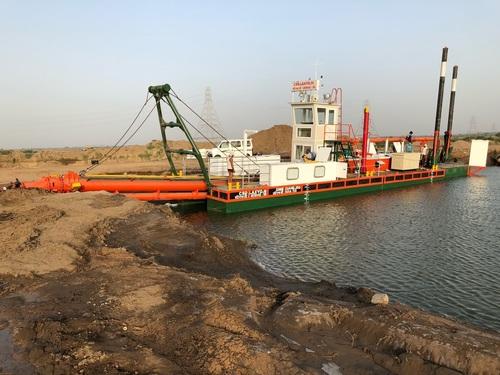
Image Source: Google
Waterways play a crucial role in transportation, commerce, and recreation. To ensure these vital channels remain safe and efficient for navigation, dredging services are essential. Dredging involves the excavation of sediment and debris from the bottom of water bodies, deepening the waterways to allow ships and boats to pass through easily. This article explores the significance of dredging facilities in maintaining the functionality of waterways and the various benefits they offer.
The Importance of Dredging Services
Enhancing Navigability
- Dredging services help maintain the required depth of water channels, allowing vessels to navigate without the risk of running aground.
- By removing sediment and debris, dredging prevents the accumulation of material that can impede navigation and lead to accidents.
Promoting Safety
- Safe navigation is paramount in water bodies to prevent collisions and ensure the protection of vessels and their passengers.
- Dredging services create safer conditions by eliminating hazards such as shoals and sandbars that can pose risks to navigation.
The Process of Dredging
Surveying and Planning
- Prior to dredging operations, surveys are conducted to assess the depth and composition of the sediment to be removed.
- Based on the survey findings, a dredging plan is developed to determine the most effective methods and equipment to be used.
Execution of Dredging
- Dredging equipment such as suction dredgers or cutter suction dredgers is employed to remove sediment from the water body.
- The dredged material is either disposed of in designated areas or used beneficially for purposes such as beach nourishment or land reclamation.
Environmental Considerations
- Environmental impact assessments are conducted to minimize the ecological effects of dredging activities on marine habitats and species.
- Measures such as sediment containment and turbidity barriers are implemented to mitigate the dispersal of contaminants during dredging.
The Benefits of Dredging Services
Improved Waterway Infrastructure
- Dredging services help maintain the infrastructure of water channels, prolonging their usability and preventing costly repairs.
- By keeping waterways clear and navigable, dredging services support economic activities such as shipping and tourism.
Flood Prevention
- Proper dredging of rivers and water bodies can reduce the risk of flooding by increasing the flow capacity and efficiency of the channels.
- Removing excess sediment allows water to flow more freely, minimizing the likelihood of blockages and overflows during heavy rainfall.
Conclusion
Dredging services are indispensable for maintaining the safety, efficiency, and sustainability of waterways. By keeping channels clear of obstructions and ensuring the proper depth for navigation, dredging plays a critical role in facilitating commerce, transportation, and recreation. With careful planning and consideration for environmental impacts, dredging services continue to be a vital component of waterway management worldwide.